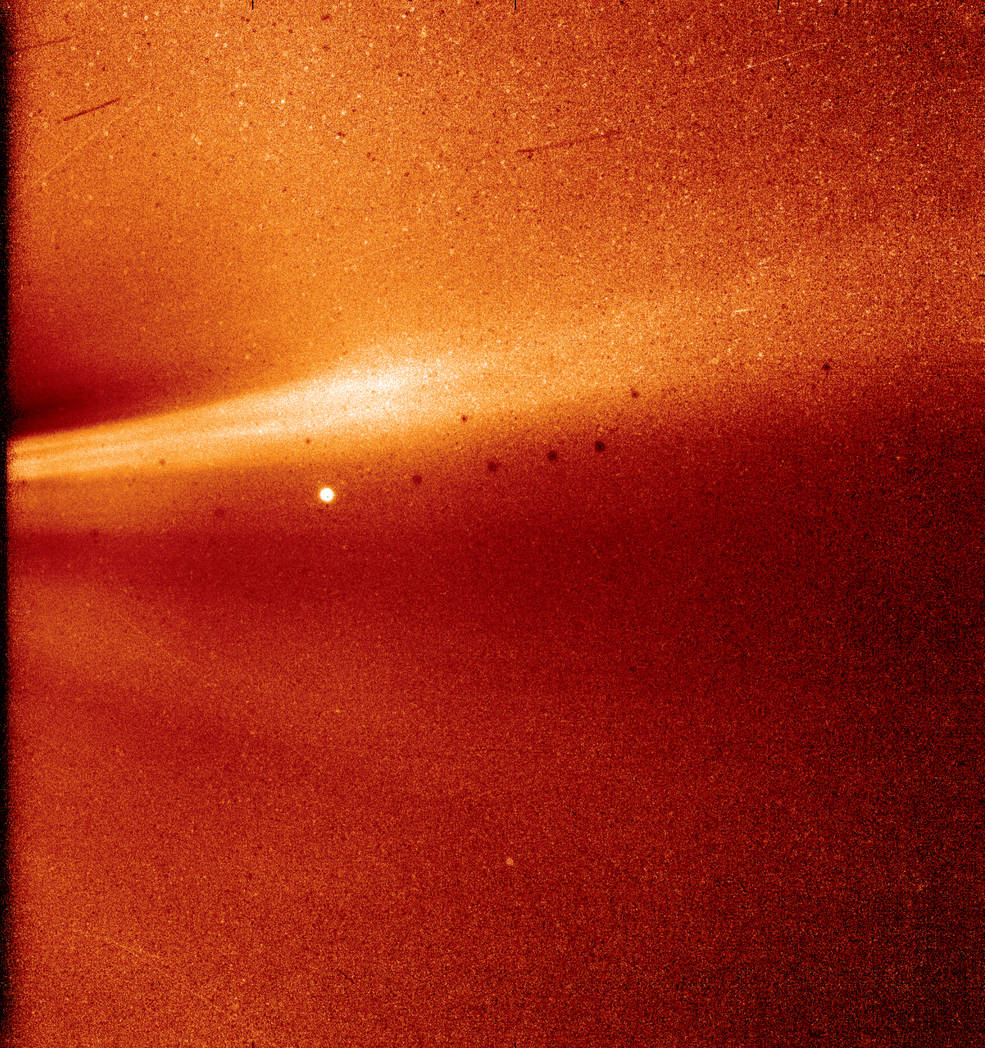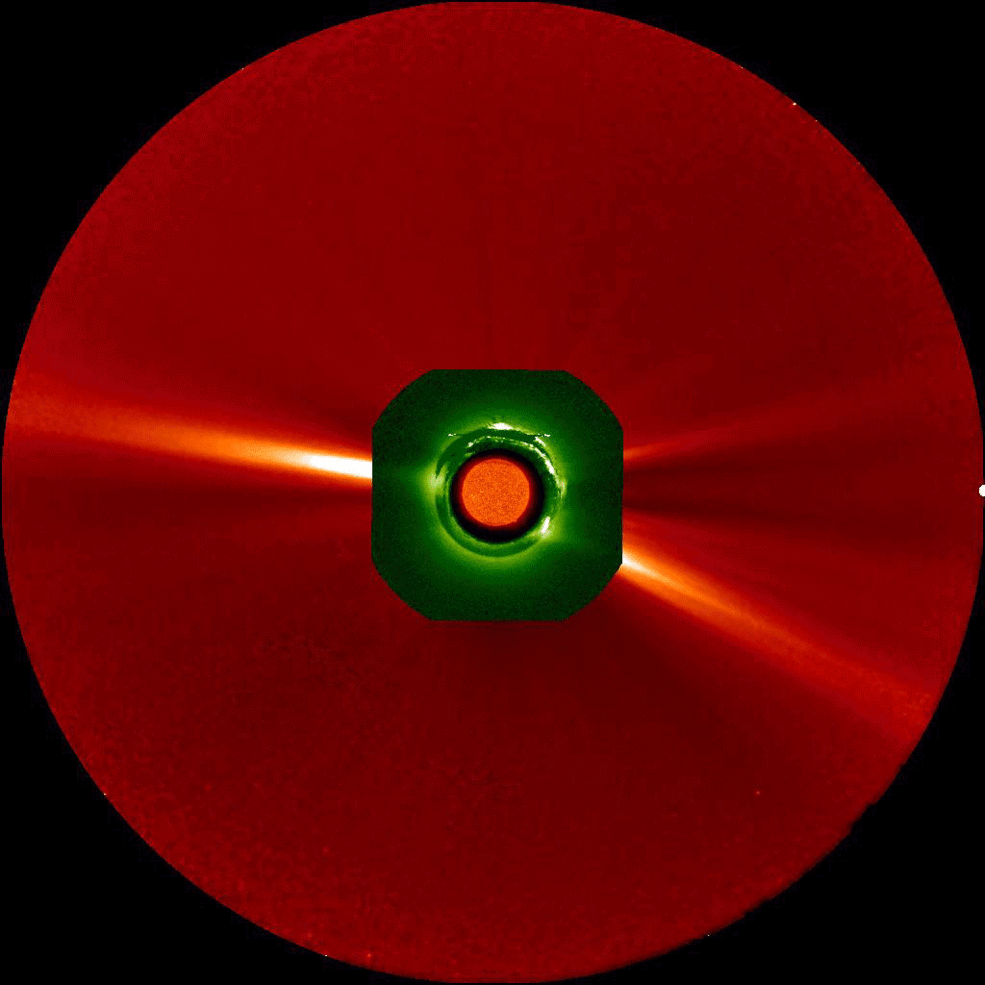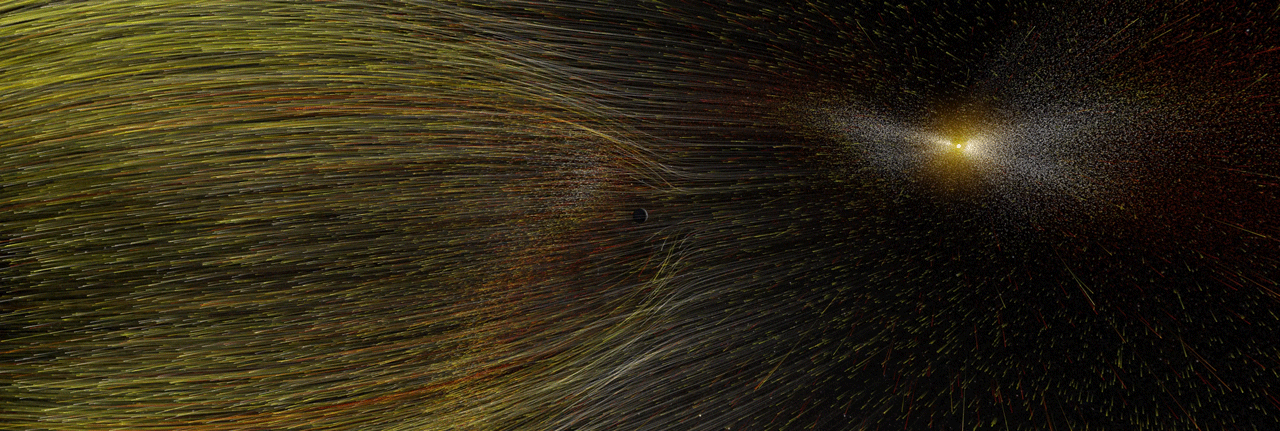Millions of Degrees and Plasma Dreams: NASA's Parker Solar Probe Basks in the Sun

The Parker Solar Probe is doing well after its first flyby of the sun, and it will soon begin returning groundbreaking data about how our star behaves.
Yesterday (Dec. 12), four researchers gathered at this year's fall meeting of the American Geophysical Union (AGU) in Washington, D.C., to share the early success of NASA's Parker Solar Probe.
The director of NASA's Heliophysics Division, Nicky Fox, started off the news briefing, which was streamed live online, by describing the decades of work that led up to this mission and the "balmy" Florida evening this past August when the Parker Solar Probe finally launched toward the sun.
The mission hopes to sample plasma from the solar corona to see what's going on there. The corona, which means "crown" in Latin and Spanish, is the plasma halo of the star and is its outermost layer of atmosphere. [The Greatest Missions to the Sun]

While one might think the sun is cooler as you move away from its center, that's not the case: The corona is significantly warmer than the solar surface underneath it — about 300 times hotter. Fox said an important mission objective is to sample the plasma of the corona to see what physical processes are going on to create this puzzling temperature inversion.
Mission scientists plan to glean more information about how this plasma shapes the heliosphere, too, which is the sphere of influence the sun has over the solar system. As the sun's plasma cools, it becomes solar wind, or charged particles the sun releases into space. Fox said this mission will be monitoring the "supersonic speeds" at which the solar wind moves. The probe will at times be crashing against the flow of solar wind, and at times moving outward along with it. The researchers will have to take this into account when studying the probe's data, Fox added later in the presentation.
"The solar wind never sleeps, it never stops; it is continuously expanding away from the sun," Fox said. And the solar system, in turn, regularly responds to the solar wind. By studying the corona and solar wind, the Parker Solar Probe can also boost an understanding of the sun's effects on the planets.
Get the Space.com Newsletter
Breaking space news, the latest updates on rocket launches, skywatching events and more!
This mission might "find the missing piece of the corona puzzle," said Nour Raouafi, Parker Solar Probe project scientist at the Johns Hopkins University Applied Physics Lab in Laurel, Maryland. He said the team expects to be surprised by all the data they receive from the probe.
The system is behaving "better than expected," Raouafi said during the briefing, and they were "really surprised with how well it went," since the probe's gravity-assisted flyby of Venus was done within an "amazing" 350 feet (107 meters) from target. "If that's not perfection, I don't know what is!" [NASA Solar Probe Flies By Venus on Its Way to 'Touch' the Sun]

The mission scientists talked about the probe's first approach of the sun, which happened from Oct. 31 to Nov. 11. On that flyby, researchers noticed that as Parker Solar Probe passes the sun, it could sit within a pocket of ejected plasma for several days.
This is important, because the sun rotates, and so the star's structures move along with it. That makes Earth-based observations tricky, according to the researchers. Scientists "can't always tell if the variability they see is driven by actual changes to the region produced by the activity … or is caused by simply receiving solar material from a new source region," NASA officials said in a Dec. 12 statement that accompanied the Washington, D.C. presentation.
The probe's thermal protection system is an essential component to this sun-kissing probe, but, as explained by Pete Riley, a research scientist at Predictive Science Inc. in San Diego, this system is also makes an earthly data-download tricky.
At some points in orbit, the thermal protection system interferes with signals coming back to Earth, so this first orbit around the sun was a bit "geometrically constrained," Riley said during the event Q&A. Raouafi and Fox added that the next two orbits around the sun will be better for retrieving data.
One audience member asked whether they planned to send the probe closer to the sun, with the idea being that the solar surface should be possible to reach if it's cooler than the corona. Fox answered that the temperature of the solar surface wasn't the issue, but rather, it's the increased levels of photons that make it impossible with this probe's technology. Photons are basic units of light that behave both like particles and waves.
The Parker Solar Probe is the first spacecraft to get this close to the sun. The mission includes 24 orbits around the star, with its closest and final approach bringing it to within 3.7 million miles (6 million kilometers) from the sun's surface. This is shorter than one-eighth the distance between the star and Mercury.
Follow Doris Elin Salazar on Twitter@salazar_elin. Follow us @Spacedotcom, Facebook and Google+. Original article on Space.com.
Join our Space Forums to keep talking space on the latest missions, night sky and more! And if you have a news tip, correction or comment, let us know at: community@space.com.

Doris is a science journalist and Space.com contributor. She received a B.A. in Sociology and Communications at Fordham University in New York City. Her first work was published in collaboration with London Mining Network, where her love of science writing was born. Her passion for astronomy started as a kid when she helped her sister build a model solar system in the Bronx. She got her first shot at astronomy writing as a Space.com editorial intern and continues to write about all things cosmic for the website. Doris has also written about microscopic plant life for Scientific American’s website and about whale calls for their print magazine. She has also written about ancient humans for Inverse, with stories ranging from how to recreate Pompeii’s cuisine to how to map the Polynesian expansion through genomics. She currently shares her home with two rabbits. Follow her on twitter at @salazar_elin.









